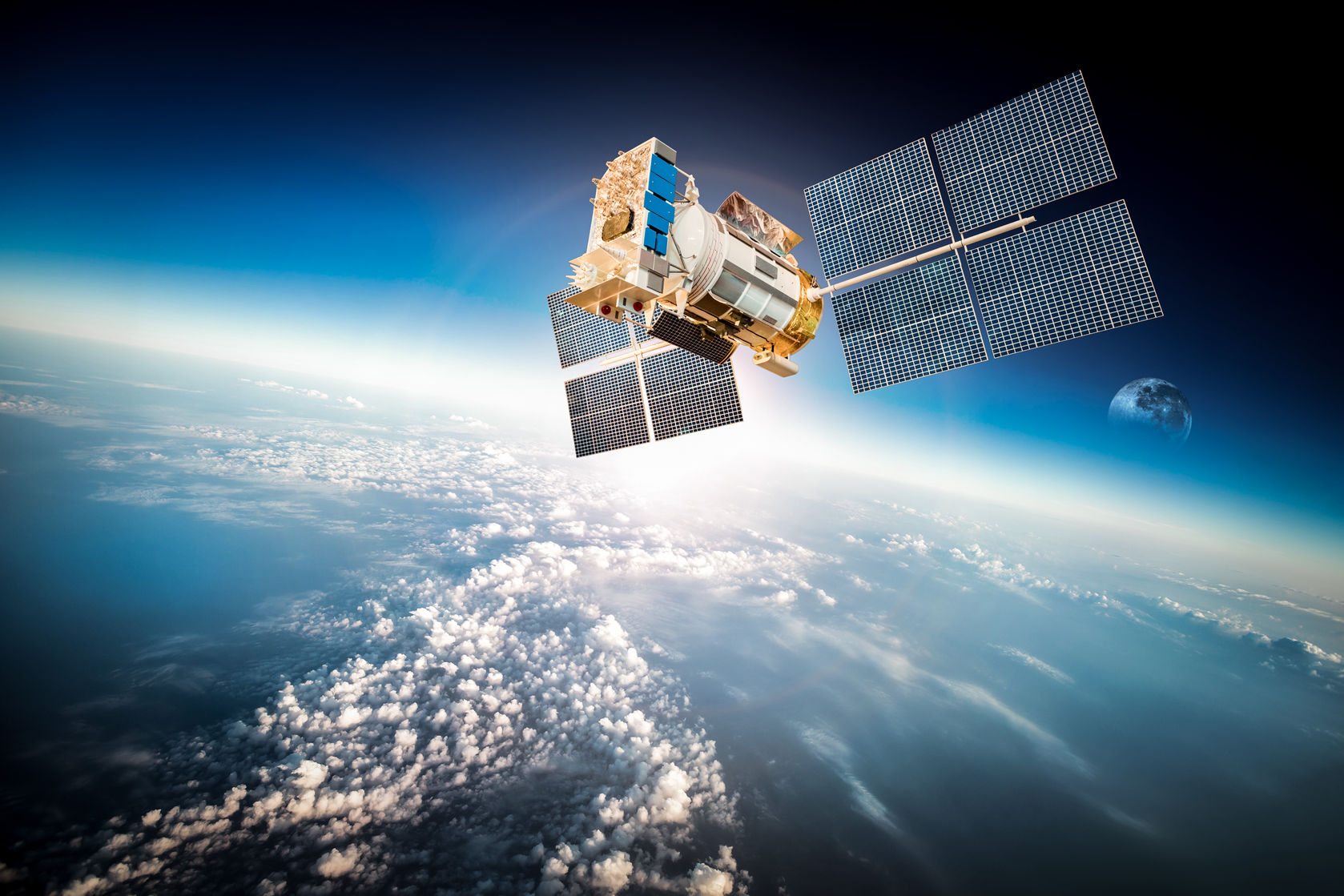Internet of Things (IoT) is all about connectivity. According to Gartner, more than 20 billion connected things will be in use worldwide by 2020. Smartphones interconnected to smart homes and vehicles, Industrial Internet of Things (IIoT), and smart cities produce a lot of data. This massive amount of data or big data, in turn, makes these entities intelligent. A reliable 24/7 connectivity demands an efficient communications network that spans across the globe.
Which communications technology is capable of handling 20 billion connections scattered all over the globe? It is not just about managing the flood of connections but also capturing all the data produced.
Business operations that extend into unmanned sites and offshore platforms have been using satellites for decades to provide connectivity for facility monitoring and instantaneous management. Examples include transcontinental voyagers, pipelines across deserts, oil drilling stations somewhere in the sea, and fiber-optic cables connecting the continents.
Since its advent, IoT has been pushing existing technologies beyond their existing scope. New research and applications are assisting IoT-based innovation in robustly fitting into the current technology landscape. Whether it is the blockchain technology to provide security and privacy or real-time data analytics for decision support, IoT is increasingly becoming a driving force for technological innovation.
Global Connectivity Challenge: Satellites Show the Way
Custom engineered space-based communication seems to be the only feasible solution to the problem of interconnecting IoT devices scattered across the globe. Satellite technology has the potential to support the development of the IoT sector. Satellites can easily handle such wide-spread connectivity challenge. The speed of data transaction for such high loads might prove to be a problem. It is, however, just a matter of time before innovative solutions spring up.
Satellite operators are already collaborating to bring forth such services and hardware that can unleash the full potential of IoT. They are developing satellite-based solutions that can be easily integrated into hybrid networks that combine fiber, wireless networks, and satellite. Once IoT is empowered with a global network of billions of interconnected devices, it will usher in sweeping changes with impact to business model transformation and new capabilities.
Currently, narrowband providers (L band operating frequency range 1–2 GHz in the radio spectrum) are being used for IoT connectivity purposes. But advancement in high-throughput Ku-band and Ka-band satellite connections have created a broadband expressway in space.
The global nature of satellite systems and the ability to broadcast to multiple points at the same time makes it the most efficient signal delivery on earth. Satellite transmissions can work seamlessly with terrestrial networks to attain global coverage.
Read more on IoT Tech Expo.


















